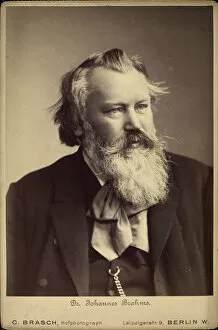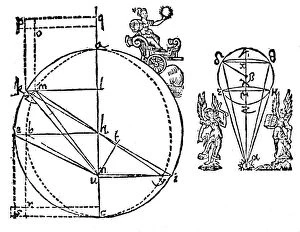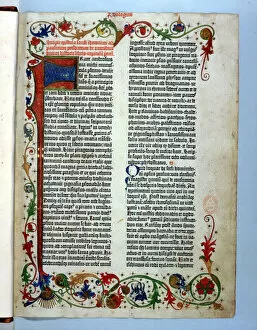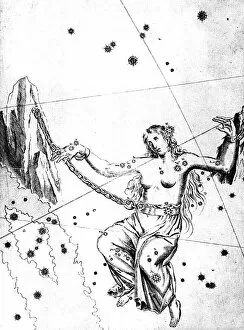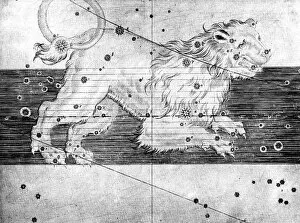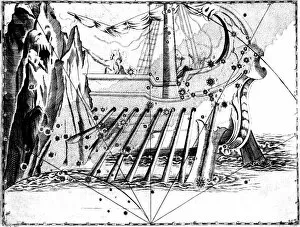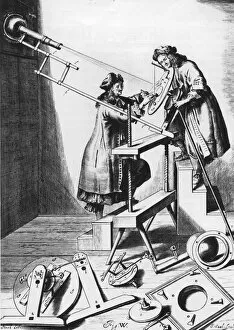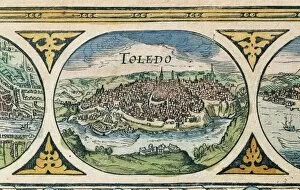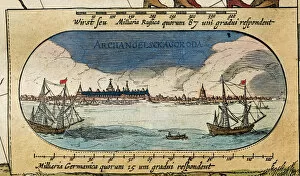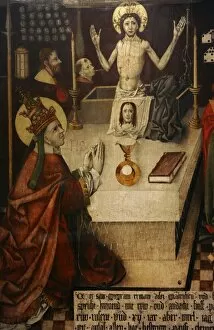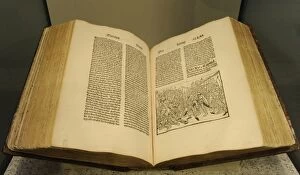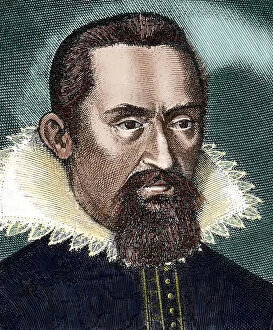Johannes Collection (#8)
Johannes, a name that resonates with brilliance and creativity
For sale as Licensed Images
Choose your image, Select your licence and Download the media
Johannes, a name that resonates with brilliance and creativity. From the enchanting brushstrokes of Vermeer to the melodic compositions of Brahms, this name has left an indelible mark on art and music. Vermeer's "View on Delft" transports us to a serene landscape, capturing the essence of his mastery. Johannes Vermeer, a Dutch painter from the 17th century, was known for his meticulous attention to detail and use of light in his works. In another realm of artistry, we find Johannes Brahms. A German composer whose melodies have stood the test of time. His photo captures him in deep contemplation as he creates harmonies that touch our souls. Speaking of portraits, let us not forget Jan van Eyck's masterpiece - "The Arnolfini Portrait. " This iconic painting showcases Van Eyck's skillful depiction of intricate details and symbolism. Music intertwines with visual arts once again as Vermeer presents us with "Guitar Player. " The delicate strokes bring forth both beauty and harmony through this captivating piece. But it doesn't stop there; it is associated with celestial wonders. Andreas Cellarius' "Atlas Coelestis" reveals astronomical marvels meticulously mapped out by this brilliant cartographer. Moving away from art momentarily, we encounter Kruger & Chamberlain - two names intertwined in history. Their collaboration brought about significant political change during South Africa's apartheid era. Returning to philosophy-theology realms brings us face-to-face with Duns Scotus - a profound thinker who delved into complex matters through his work titled "Scriptum q. " Celestial maps take center stage yet again as Johannes Van Keulen presents us with breathtaking depictions beyond our earthly realm. These maps ignite curiosity about what lies beyond our skies. Johannes Scotus Erigena emerges from history as one of Europe's greatest thinkers during medieval times. His philosophical and theological contributions continue to inspire scholars today.




